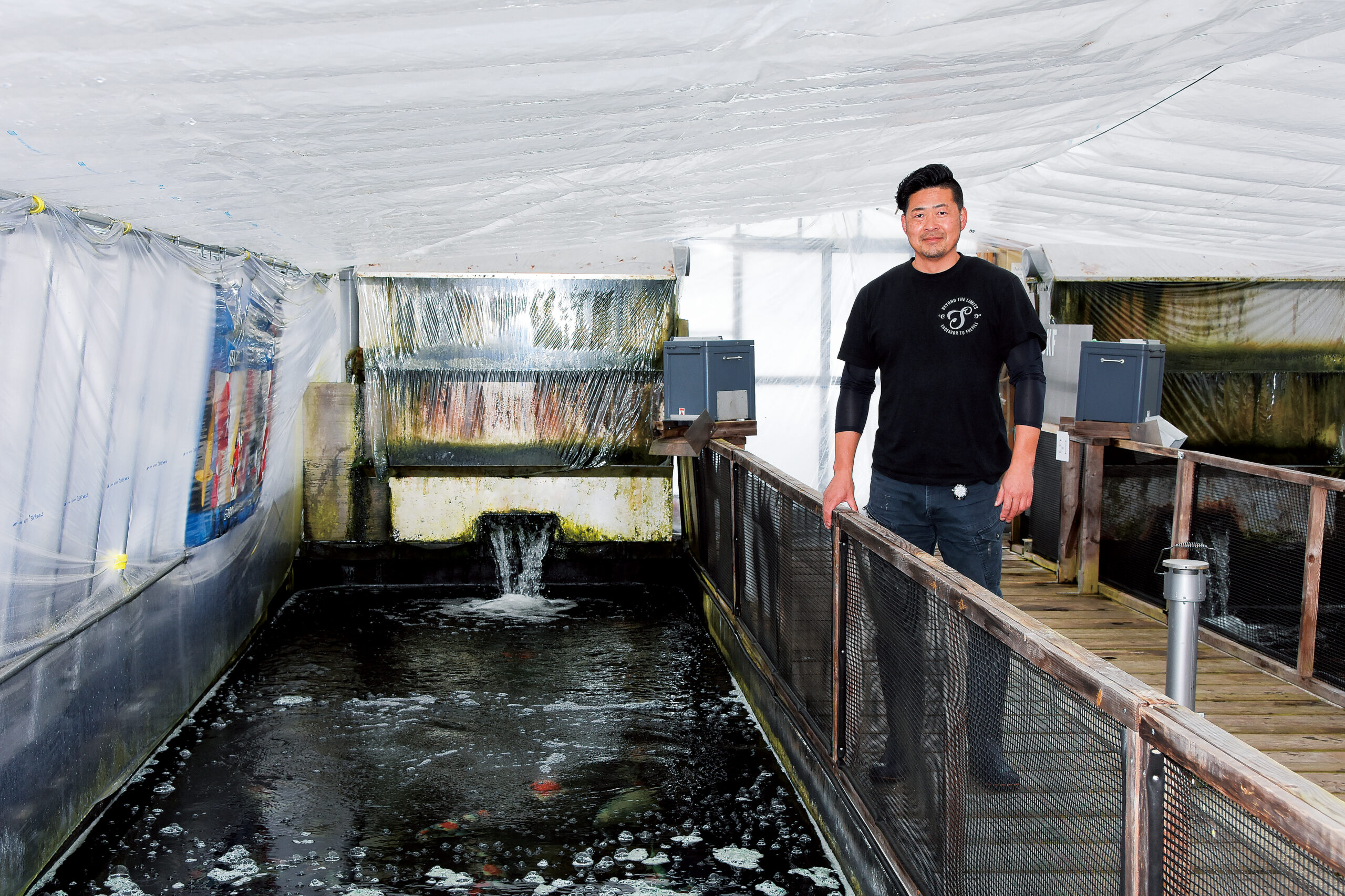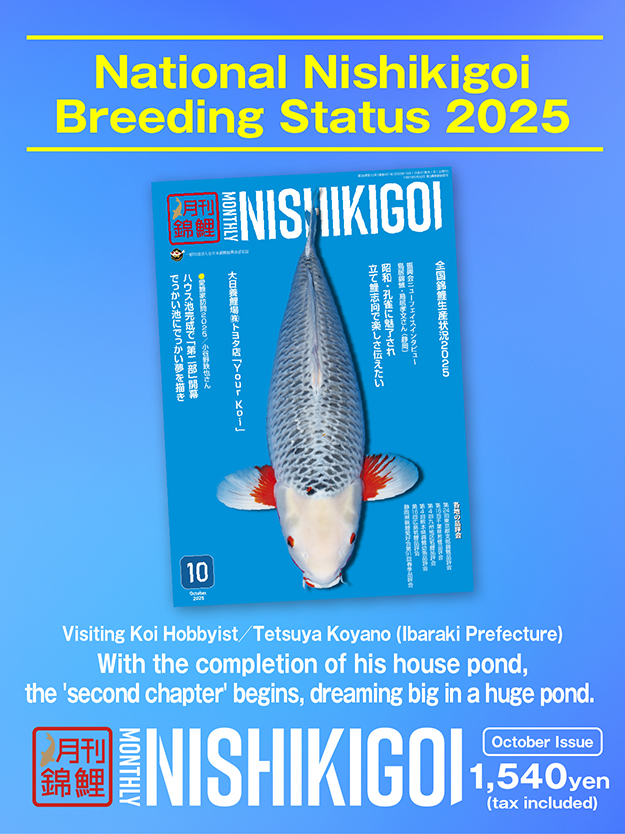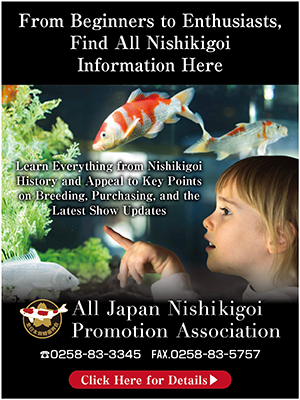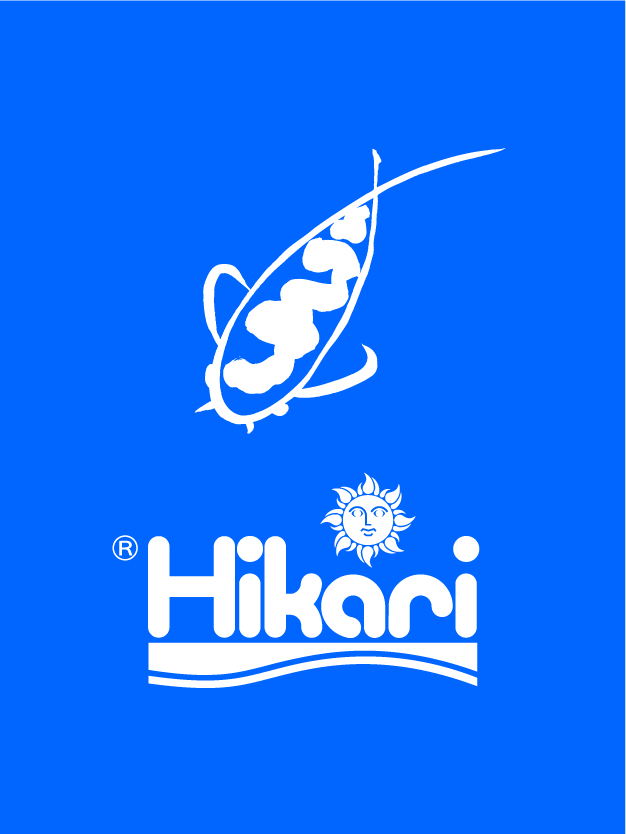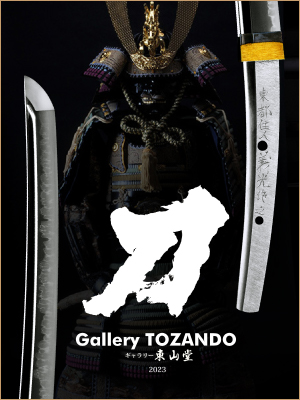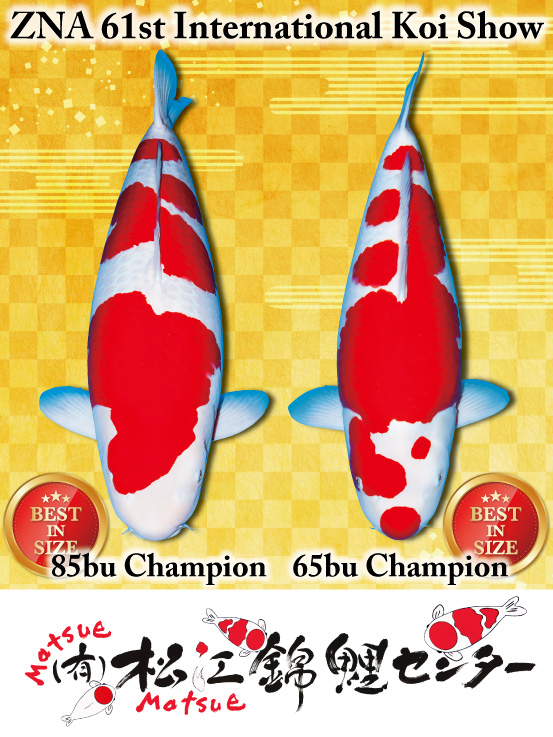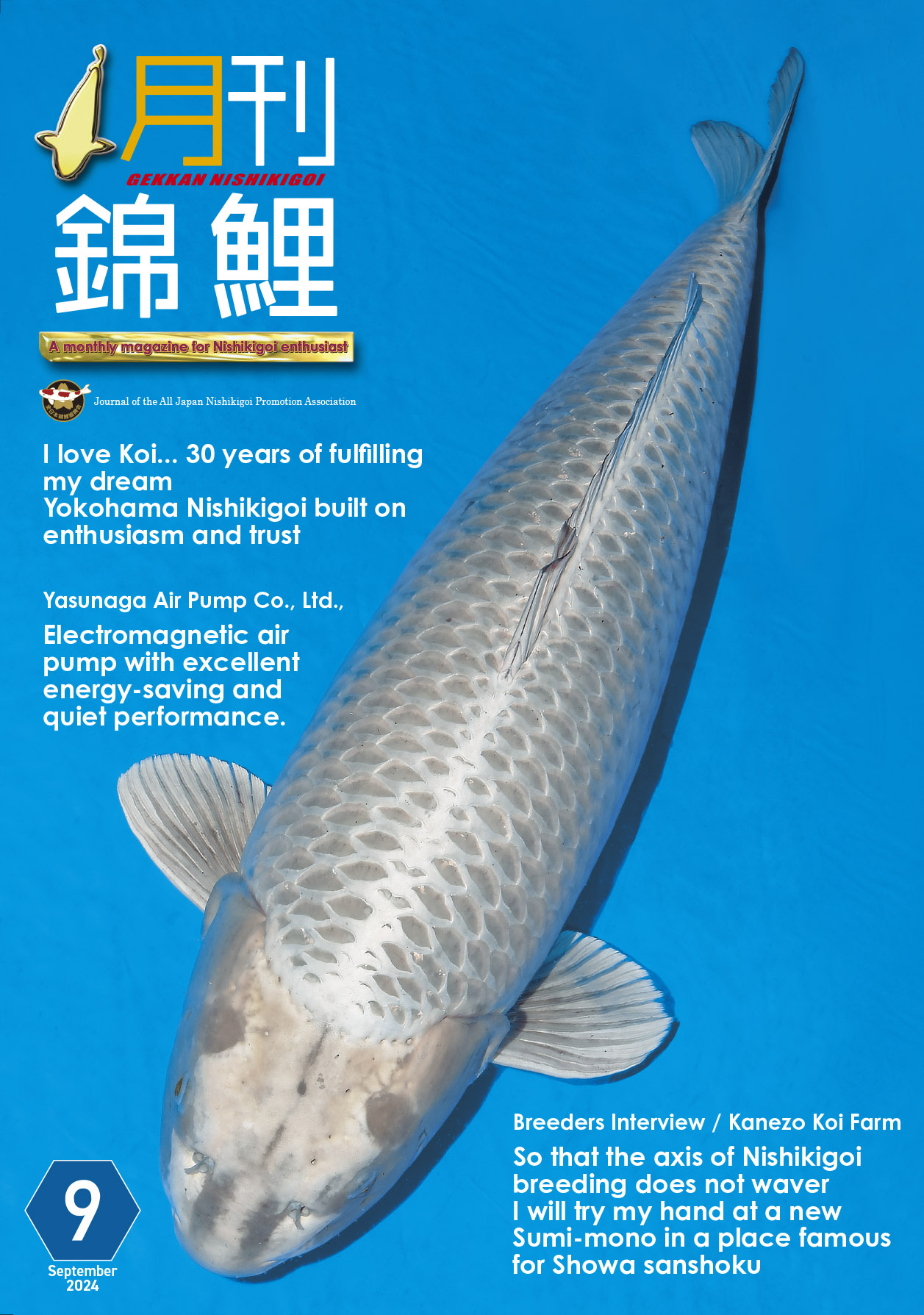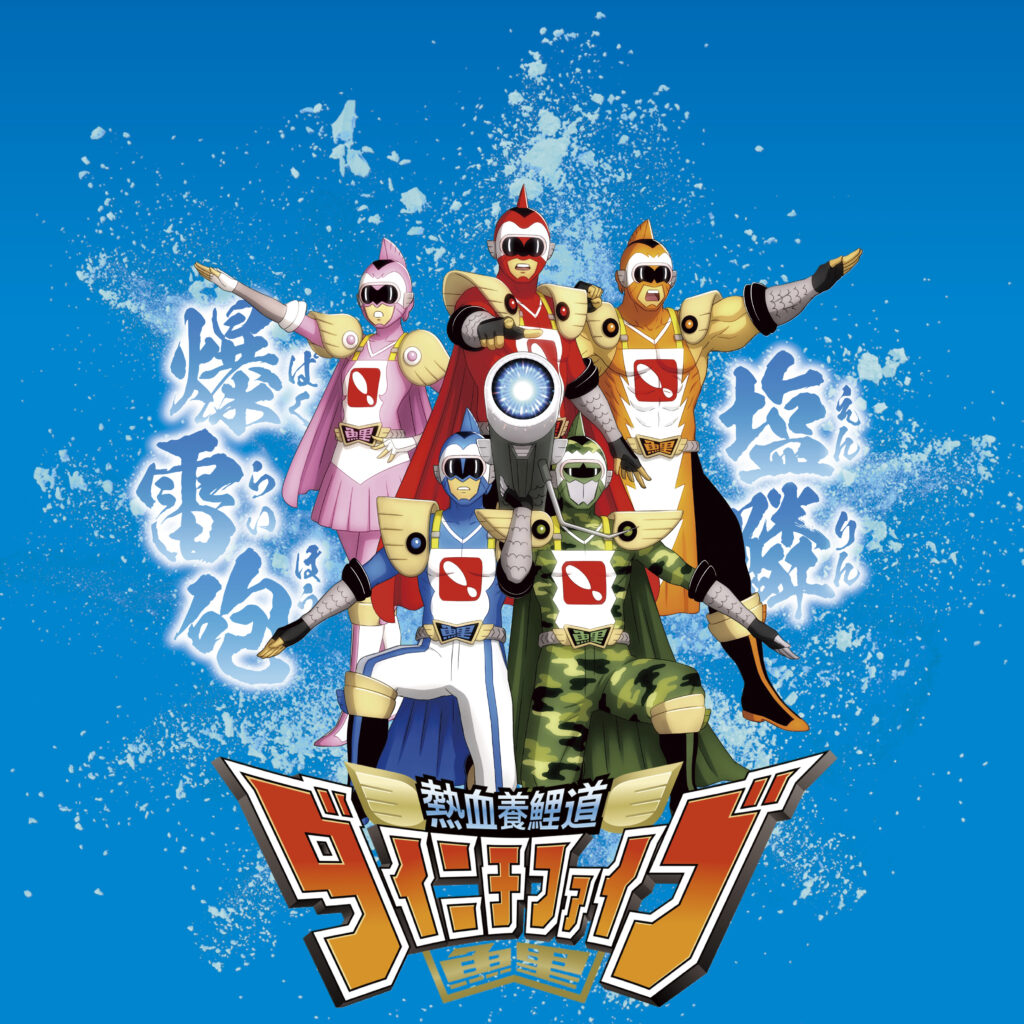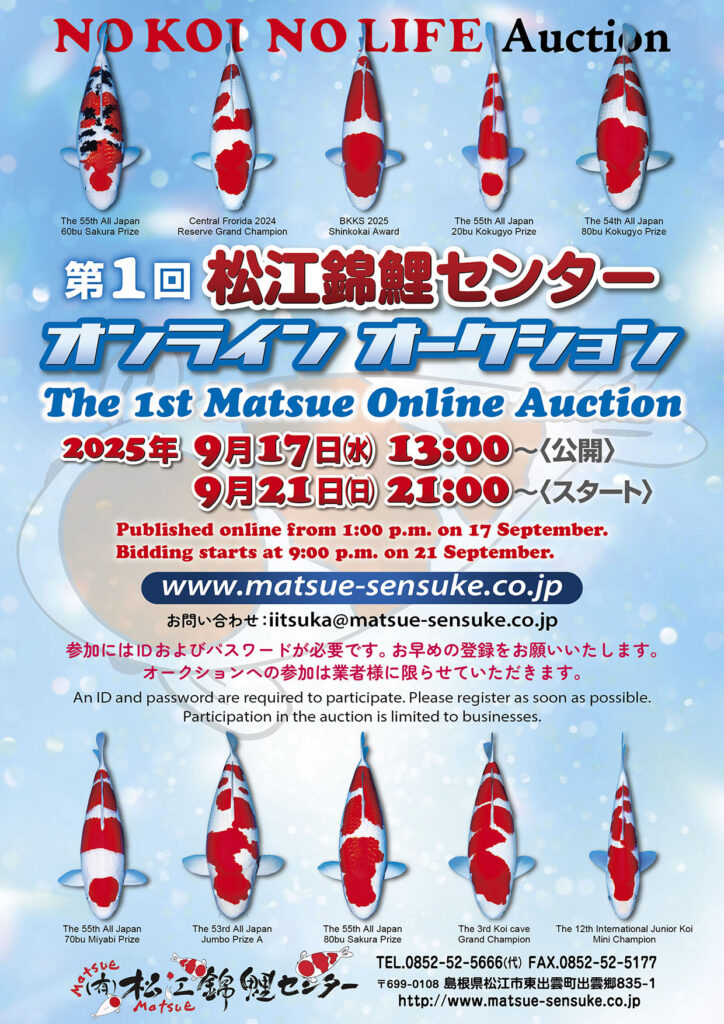Natural Spawning Leads to Healthy Fry
Healthy Parent Koi Have No Issues with Summer Spawning
― We’ve heard about your new lineage creation, but what else has changed from before?
Sekiguchi: We used to do artificial spawning, but recently we’ve been doing it naturally.
― That’s surprising. Artificial spawning might be hard work, but it has many advantages, such as a high fertilization rate and clear separation of males. Why did you return to natural spawning?
Sekiguchi: The main reason is that natural is easier. I think artificial is better for collecting data, but in our case, with natural spawning, there are almost no fry that die after hatching, and the fry are healthy. All the Young Koi Grand Champions were produced naturally.
― If you’re using three males, it seems like artificial would be better.
Sekiguchi: Another reason is that we don’t have enough ponds. Even if you put the fry from one male into one pond, you can’t see the results from just one pond. Even for one spawn, you need several ponds. It changes completely depending on the pond environment.
― That’s a pretty drastic change in direction.
Sekiguchi: When I was doing artificial spawning before, the selection started during the second harvest season, and I was so busy that I couldn’t possibly do it. So, I tried natural spawning, and a lot of eggs were laid. I thought natural would be better, and I changed everything at once. The vigor of the fry is completely different.
Also, since I started paying more attention to the management of parent koi than before, the condition of the eggs is also very good.
― What kind of things are those?
Sekiguchi: It’s hard to be specific, but for example, we don’t raise the water temperature too high, and we feed them moderately so they don’t get too fat.
― Is it means raising them healthily?
Sekiguchi: That’s right. We don’t create an environment where they constantly eat, so to speak. I felt that the most important factor for successful spawning was the condition of the female. The third harvest last year was done during Obon, and those fries were the best in terms of quality. We even got more than enough in terms of numbers. Before, if we tried to spawn at that time, they would become overripe, but that no longer happens. When the eggs are in good condition, the fertilization rate is always high.
― I see. That must also contribute to improving the quality of the farmed koi. Also, what about the breeding ponds? Recently, it seems there are more cases of raising them in spring-water ponds after they reach two years old.
Sekiguchi: We use both natural ponds and spring-water ponds, but for the young comprehensive koi, we raised them entirely in spring-water ponds. It’s a matter of risk diversification. There are also a lot of cormorants around, and we can’t really put small yearlings in natural ponds. Even if they’re around 35 cm, they can get snatched away.
― The Young Koi Grand Champions are all around 40cm. Is it easier to manage 40cm koi in spring-water in their second winter?
Sekiguchi: Yes, it is. spring-water makes size control very easy. If we decide on a size and want to keep them around that, we divide them by pond: this one for under 40cm, this one for under 30cm, under 20cm, and so on.
― Do you adjust that by the number of koi?
Sekiguchi: By the number, feeding amount, and water temperature. Also, water circulation. If there’s a lot of circulation, they exercise, so they have to eat more and grow bigger.
― There’s precise control involved.
Sekiguchi: It’s the same as with humans. If you want them to eat a lot, it’s better to make them exercise a lot. If you want to make them grow bigger and bigger, mud ponds are better, but if you ask which one is more beautiful in autumn harvest, the ones raised in spring-water have stronger colors. So, koi raised in spring-water sell faster at two years old. Mud pond koi have more powerful bodies, so it’s a trade-off.
― If you could build spring-water facilities exactly as you like, would you prefer them over mud ponds?
Sekiguchi: If the koi are good, I personally think spring-water are better. You never know what can happen with mud ponds these days. Especially around here, there are a lot of sudden downpours and heavy rains, and the lightning is severe. If all the koi were in mud ponds and they flowed out, it would be the end. So, for now, we’re diversifying our risks with the existing ponds… There are many things I want to do, but we’re trying to adapt with ingenuity.
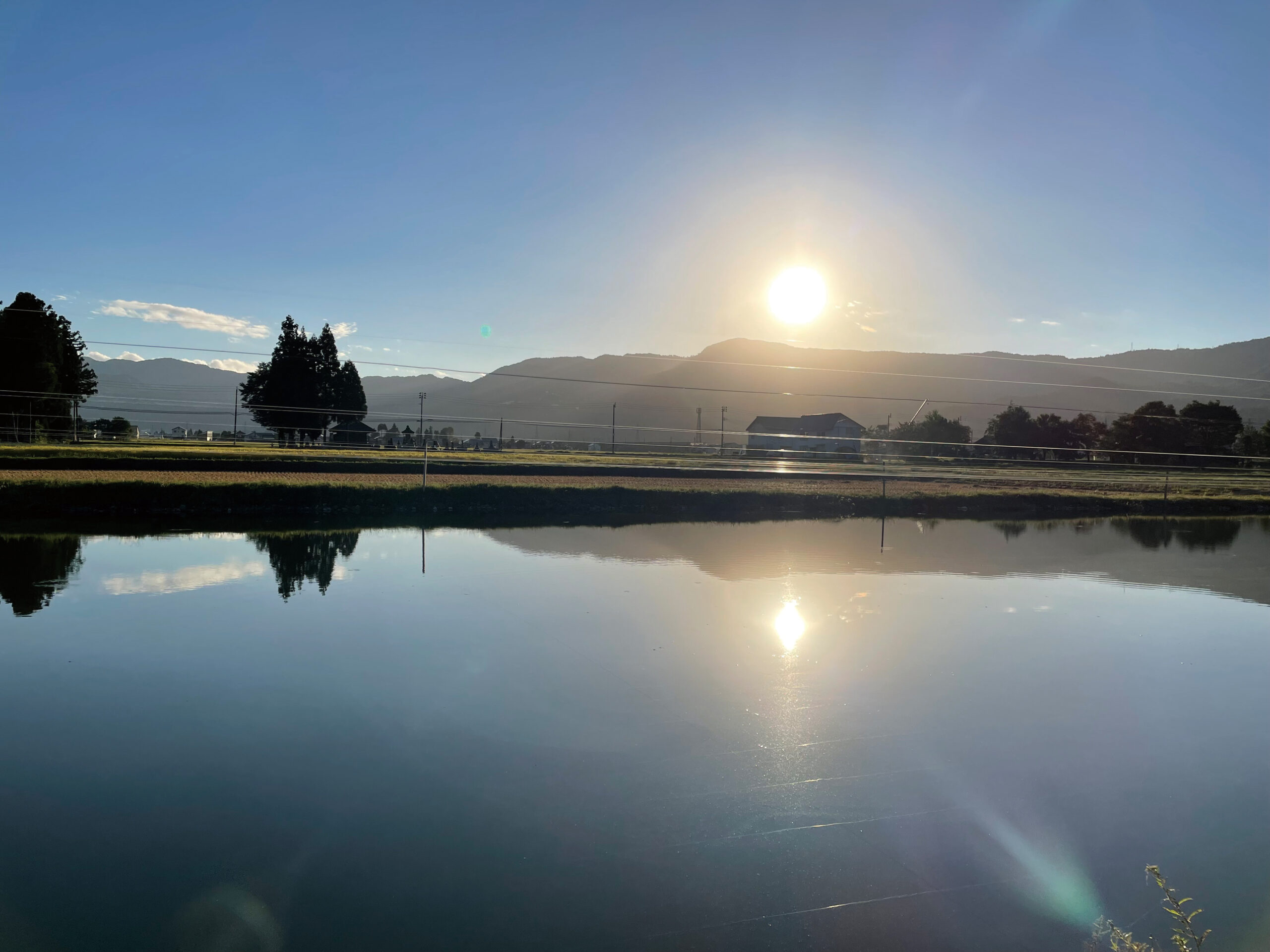
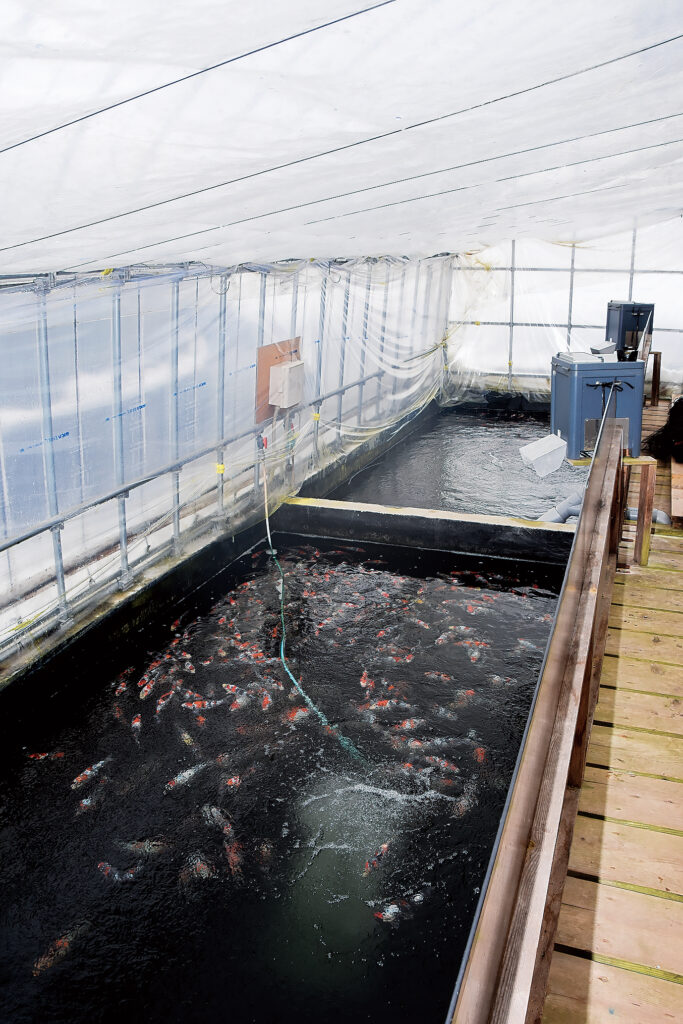
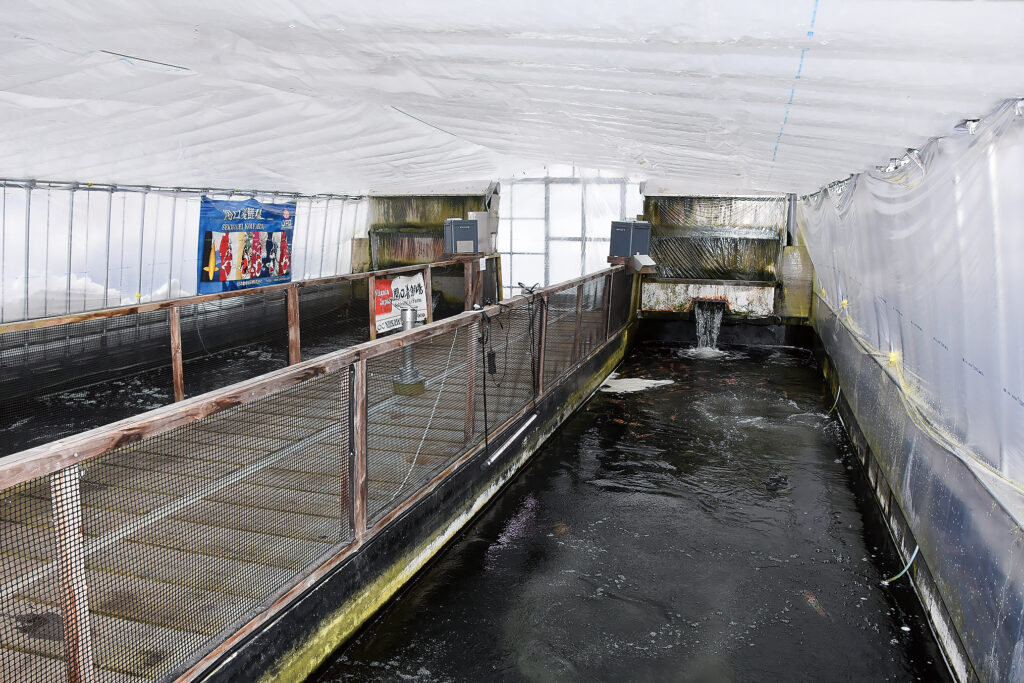

(To be continued in the part 2.)

